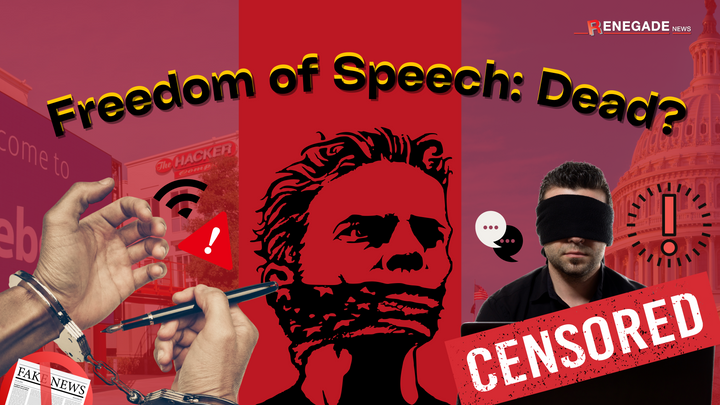Only Read If You’re One Of The 99.9% Who Doesn’t “Get” Blockchain.

Revolutionary.
The new Internet.
Industry disrupting.
Aaah…blockchain…
You’ve heard about blockchain and that it’s the technology that crypto is based on, with the potential to revolutionize many industries.
In today’s video, I provide a Short Introduction to Blockchain, including what does it mean? Why is it important? And how does it work?
A blockchain is an open, distributed database – essentially, a computer file for storing information (data). The name comes from its structure: the file is made up of data blocks, and each block is linked to the previous block, forming a chain. Each block contains data (such as transaction records), plus a record of when that block was edited or created.
Here’s an example:
- Glen wants to send money to Mary.
- The transaction is represented online as a block. (Think for instance, about a data packet – when data has to be transmitted, say you’re making a call, it is broken down into similar data structures before transmission, called packets, which are reassembled to the original data chunk once they reach their destination. A packet is a basic unit of communication over a digital network. A packet is also called a datagram, a segment, a block, a cell, or a frame, depending on the protocol used to transmit data.)
- The block is stored in a shared ledger that keeps a record of all transactions in a peer-to-peer network of computers.
| Blockgeeks.com gives a good analogy: “Picture a spreadsheet that is duplicated thousands of times across a network of computers. Then imagine that this network is designed to regularly update this spreadsheet and you have a basic understanding of the blockchain.” |
- The information in the ledger is open for anyone and everyone to see. Also, all the information (blocks of data) which is transferred via the blockchain is encrypted, and every occurrence is recorded, meaning it cannot be altered. In turn, encrypted information can be shared across multiple providers without the risk of a privacy breach.
- Hence, anything built on the blockchain is by its very nature transparent and everyone involved is accountable for their actions.
- Getting back to our example, the network approves the transaction. (Importantly, the network is open-source and decentralized, which means it is not controlled by any one central, certifying authority)
- The block is added to the existing chain.
- The transaction is complete.
However, blockchain can be used for much more than currency; almost any kind of data can be shared (distributed) on a blockchain –– openly, transparently, and unalterable.
Of course, while blockchain sounds great, it can be tricky to understand it’s practical uses in real life. Stay tuned for everyday applications of blockchain that can and will change our lives.
Also, if you haven’t signed up for your LIBpreneur membership yet, click here to find out what you’re missing!
As always, we help you ask the right questions.




